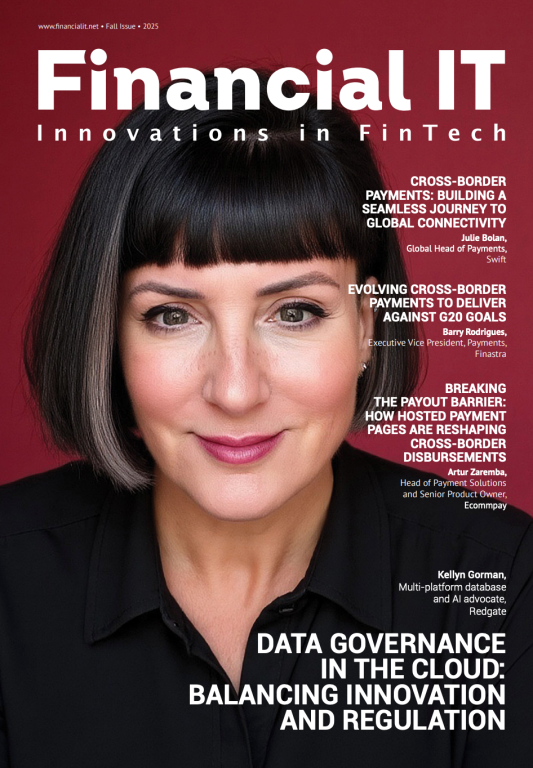Bridging the Gap: Banks Adopt Innovations

- Anton Chashchin, Founder & CEO at N7 Capital
- 11.04.2025 05:45 pm #BankInnovation #DigitalBanking
IDC states that worldwide spending on AI is forecasted to reach $632 billion by 2028. More than 20% of AI spendings are expected to be accounted for by the financial industry, which is mainly led by banking. Moreover, 75% of banks intend to increase their investments in risk technology infrastructure.
These numbers are good proof that the financial sector has been getting through the technological boom for the past two years and the advent of artificial intelligence marks the new transformation. AI makes technologies more accessible even for the most complicated systems, so having AI for companies is no longer an advantage, rather than a necessity. This further motivates banks to keep the pace with innovation to be on the forefront of the financials in 2025.
But what are current banking realities and why the implementation of new technologies could drive the sector forward in 2025?
Banks in 2025: Challenges and Possible Solutions
One of the challenges modern banks face on their way to transform infrastructure is the lack of an innovation culture. Banks still use a long-term planning approach, because such big institutions are primarily revenue-driven. Consequently, they need to adopt the so-called “startup mentality” to test new innovations. It’s mainly about allocating a certain part of a bank's financial resources on such “ventures” and not being afraid of possible failures and temporary revenue decline.
Another sticking point for banks are cyber threats. According to the International Monetary Fund report, the risk of cyber attacks is rising, making banks one of the primary targets. Hence, such threats require constant vigilance, comprehensive risk management and continual security measure expansion to ensure full-fledged cybersecurity. Tackling them is an important thing for financial institutions and, in fact, there is a positive dynamic in it as by the end of 2024, it was stated that 71% of financial institutions were using AI and ML for fraud detection, up from 66% in 2023.
Methods for Banks to Keep Up with Innovations
Banks are well-known for playing a significant role in delivering real-time payments technologies. Thus, partnering with fintechs that specialize in these solutions can help them to integrate cutting-edge tools into existing infrastructure to deliver faster and more reliable services.
Additionally, fintechs are considered to be leading the way in developing AI solutions. Banks can become essential partners for such companies to scale innovations more responsibly. In this regard, a lot of banks nowadays have already integrated AI solutions such as AI assistants which are developed by fintech firms. They are used for streamlining banking experience for users by helping them to get prompt answers to their queries.
Future Banking: What to Focus
All in all, digital transformation in banking will continue accelerating, and the key factors to focus on will be:
Integrating AI;
Developing long-lasting partnership with fintechs;
Elaborating new methods of protection from cyber threats;
Enhancing customer experience through personalized services.
In doing so, banks will manage to keep up with the development of technologies and efficiently integrate them into the workflow.




















